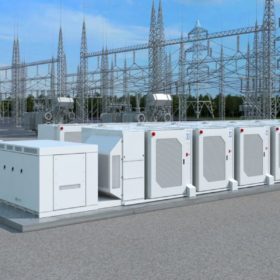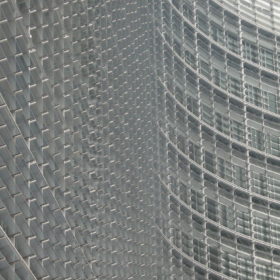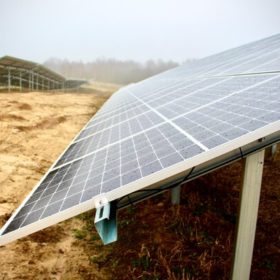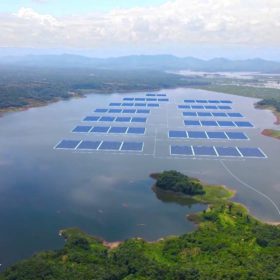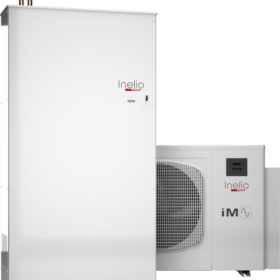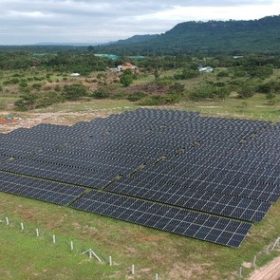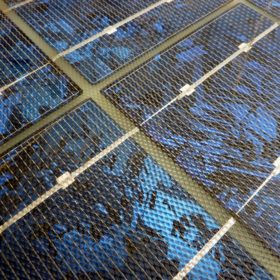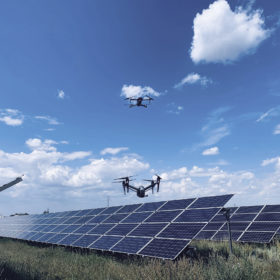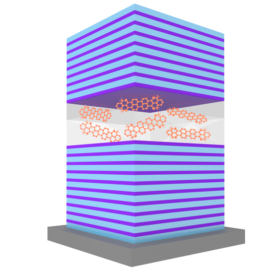Fluence, ReNew to set up energy storage venture
Fluence and ReNew Power will set up a new joint venture to provide energy storage products for the Indian market. ReNew will become its first customer by procuring a 150 MWh battery-based energy storage system for a 300 MW project in the Indian state of Karnataka.
Australian startup gets funds to commercialize modular hydrogen-powered energy solution
Australian startup Endua’s plan to make modular hydrogen-powered energy generation and storage systems has been given a financial boost, as the federal government has provided it with almost AUD 1 million ($719,800) to help it commercialize its technologies.
EU: ‘How can renewables permits be simplified?’
Brussels has asked interested parties how the permitting process for renewable energy sites can be simplified across the EU and how private PPAs can be made more attractive. Respondents can submit their thoughts until April 12.
Unsubsidized solar projects proliferate in Poland
Four new PV developments have been announced this week, adding to a growing list of renewable energy projects in the coal-dependent Eastern European country.
Masdar, partners eye solar exports from Indonesia to Singapore
Masdar will explore the development of 1.2GW of solar and potential storage projects in Indonesia for export to Singapore.
Residential heat storage system uses PV electricity for space heating, hot water
France-based FHE Group has developed a 2.5 kWh storage device that can store electricity as heat during the day and release this heat at night to power a heat pump for space heating and hot water. According to the manufacturer, it can retain over 95% of its initial performance after 20,000 cycles.
Solar-plus-storage for mineral water producer in Cambodia
The system delivered by French energy giant TotalEnergies will power Kulara Water’s bottling facility in Siem Reap Province.
India’s REIL opens bids to supply 200,000 silicon PV cells
Rajasthan Electronics and Instruments is accepting bids from Indian manufacturers to supply five-busbar monocrystalline and multicrystalline silicon solar cells rated for a minimum of 4.62 W. Bidding closes on Jan. 27.
How artificial intelligence can be used to identify solar panel defects
One of the biggest challenges for non-AI experts is the terminology. Artificial intelligence (AI), machine learning (ML), and computer vision (CV) are frequently discussed, but people outside of data science fields often do not know what they mean. Fortunately, it is not that complex: Artificial Intelligence, Machine Learning, and Computer Vision all generally refer to the same thing, just with more specificity.
Quantum battery prototype for superextensive charging
Scientists in Italy designed the prototype as a microcavity enclosing a molecular dye known as Lumogen-F orange (LFO). The charging power of the device is described as super-extensive, meaning that it increases faster with battery size.
